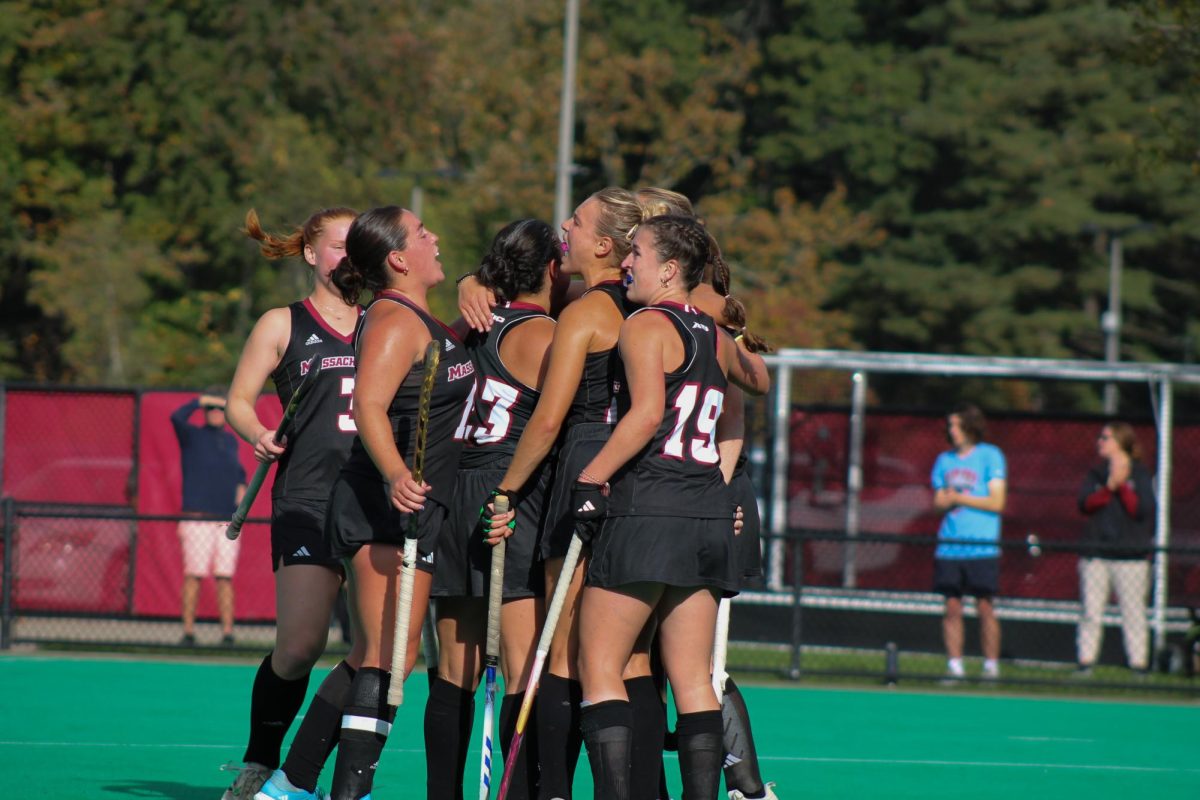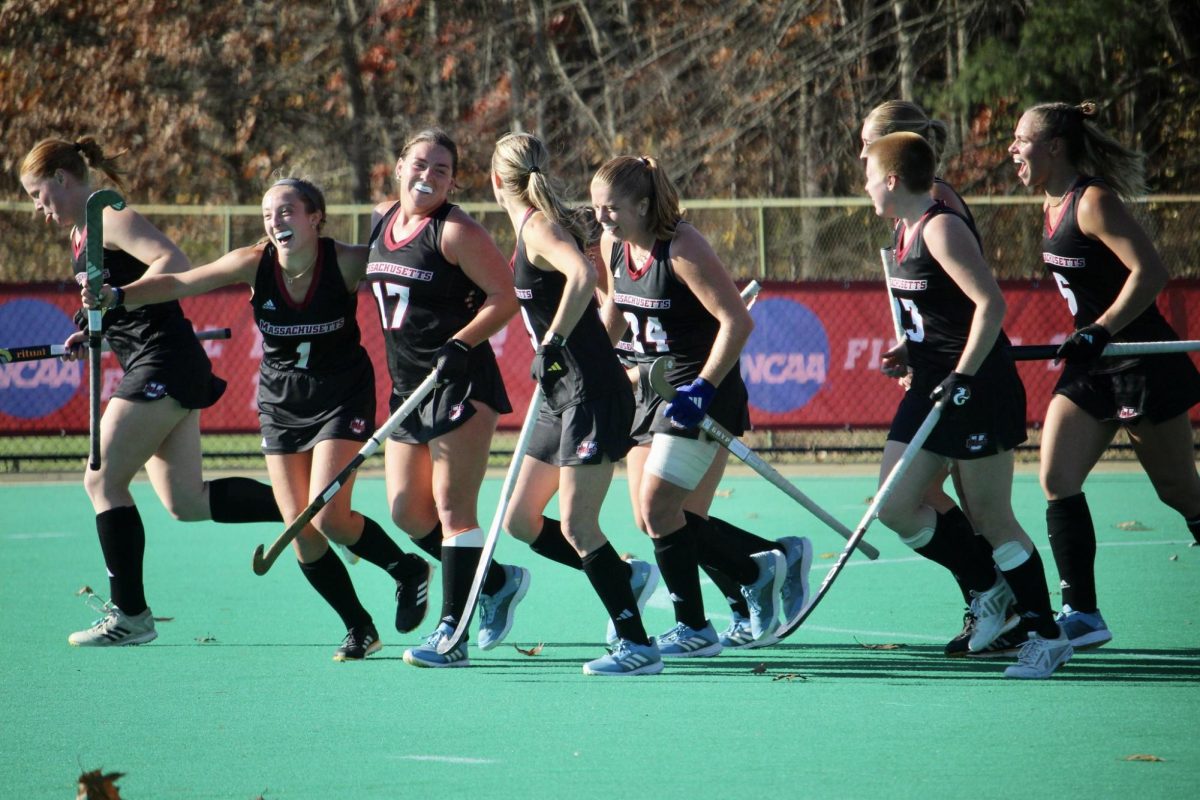Ernesto “Che” Guevara was executed 40 years ago last week by U.S.-backed Bolivian soldiers in the South American jungle. The anniversary of his death has been marked by fawning journalism that has failed to exhibit Che’s true legacy.
A Reuters video notes that, “Four decades after his death, Che Guevara remains the poster-boy of communist Cuba, where he joined Fidel Castro in the guerrilla uprising that ousted a U.S.-backed dictator in 1959.”
Nowhere in the video does it note that he went on to become the handmaiden of another dictator named Fidel Castro. Even the assertion that Castro’s foe, Fulgencia Batista, was a “U.S. backed-dictator” is more complicated than Reuters portrays it. In 1958, at the height of the Cuban Revolution, the U.S. government stopped supplying Batista with arms.
Che was Fidel’s right-hand man, but Castro was not the only dictator that Guevara gushed over. His inspirations included Josef Stalin and North Korea’s Kim Il-Sung.
As a young man, Che traveled to Guatemala just as communist forces were “nationalizing” the property of ranchers and farmers. Before departing for Guatemala, Che wrote, “I have sworn before a picture of the old and mourned comrade Stalin that I won’t rest until I see these capitalist octopuses annihilated.”
Did Che keep a picture of Josef Stalin at home? Che’s idolatry is bad enough, but it’s even worse that Stalin was its object. Che once signed a letter to his aunt as “Stalin II,” and even placed flowers on Stalin’s tomb when visiting the USSR in 1960. If Che wanted to follow in the footsteps of his hero, he succeeded brilliantly.
He proclaimed to the press that his ideal societal model was Kim Il-Sung’s North Korea. North Korea has been arguably the most unlivable spot on earth since the end of World War II. Guevara traveled there in 1965, saw the brutality and poverty with his own eyes, and then made it his goal to import that system to Latin America. As a champion of the poor, Che aspired to emulate a society that truly benefits its poorest inhabitants -anyone not named Kim Jong-il or Kim Il-Sung.
Most of the whining about Che’s death seems to revolve around the fact that he was executed without trial, and that it was carried out by another one of those “U.S.-backed dictatorships” that they talk so much about. Well, that’s true. Che was executed without a trial, and our country’s relationship with Bolivia was one of many deals with the devil consecrated during the Cold War. Leftists always have a problem with U.S.-backed dictatorships, but never with Stalinist and Maoist stooges like – well, like Che Guevara.
Che’s execution was carried out against the wishes of the U.S. government. Former CIA agent Felix Rodriguez recently recounted his significant role in tracking down “Stalin II.” Rodriguez had cooperated with the Bolivian army in rooting out Che and his Bolshevik amigos. According to Rodriguez, the order for Che’s execution came down from the Bolivian military high command. The British Broadcasting Company asked Rodriguez if Che deserved a fair trial.
“I could have tried to falsify the command to the troops, and got Che to Panama as the U.S. government said they had wanted,” Rodriguez said. He commented that he acquiesced to the Bolivian presidency instead.
Actually, Che was a big fan of execution without a fair trial. As he once remarked, “To send men to the firing squad, judicial proof is unnecessary…These procedures are an archaic bourgeois detail. This is a revolution! And a revolutionary must become a cold killing machine motivated by pure hate.”
The future T-shirt icon oversaw La Caba’ntilde;a fortress, a true house of horrors where opponents of the reigning Castro regime were executed. Jos’eacute; Vilasuso, a lawyer at the fortress, prepared indictments for people who were summarily convicted on little or no evidence. “The statements of the investigating officer constituted irrefutable proof of wrongdoing,” Vilasuso said. “The defense lawyer simply admitted the accusations and requested the generosity of the government in order to reduce the sentence…[Che] reprimanded in private more than one colleague; in public, he chastised us all: ‘Don’t delay these trials. This is a revolution, the proofs are secondary… They are a gang of criminals and murderers. Besides, remember that there is an Appeals Tribunal.'” Yes, there was appealing authority. His name was Che Guevara.
Vilasuso continues: “Nevertheless, in La Caba’ntilde;a, until June of 1959, about 600 prisoners were executed, plus an indefinite number of prison sentences.”
So Che executed hundreds of people, and he’s the hero. Felix Rodriguez executed Che, and he’s the villain. Whose face belongs on a T-shirt?
Should Che have gotten a trial? I suppose. It probably would have been a shenanigan from beginning to end, as the same communists who defended Sacco and Vanzetti, Alger Hiss and the Rosenbergs rushed to the aid of this totalitarian monster. Nonetheless, it probably would have been more judicious than what happened.
Still, I’m not shedding any tears over Che’s death, and I’m surprised that its anniversary isn’t yet an international holiday. Che deserves to be identified as one of history’s most brutal villains. He doesn’t belong on T-shirts.
Ben Duffy writes on Wednesdays. He can be reached at [email protected].






